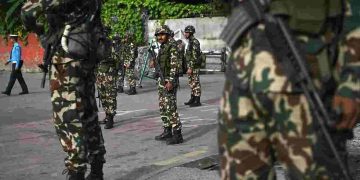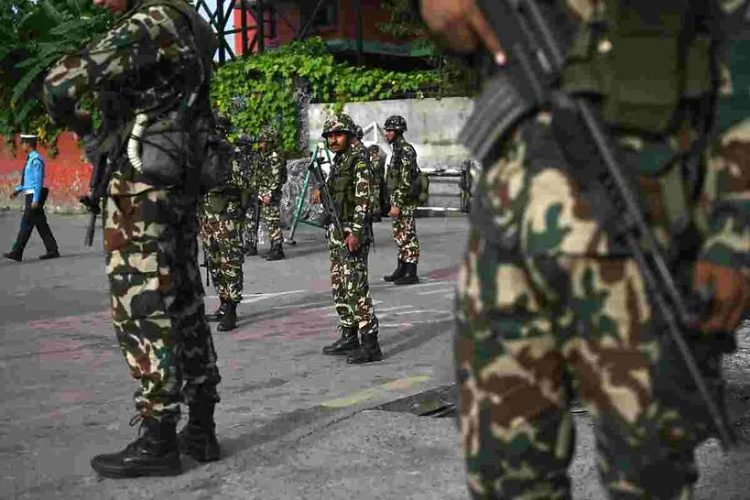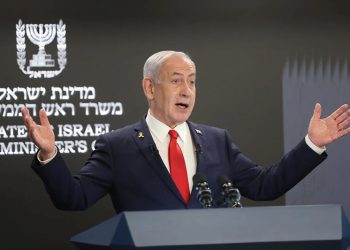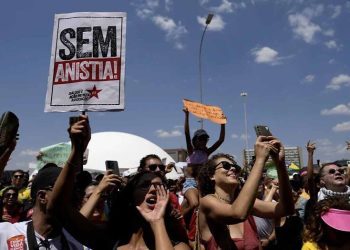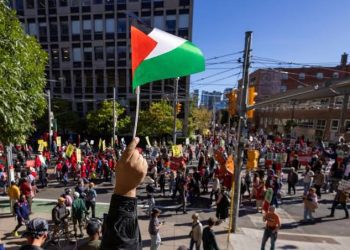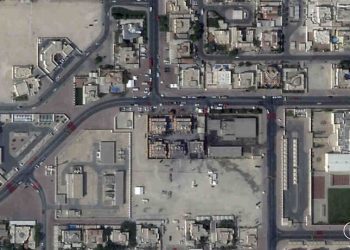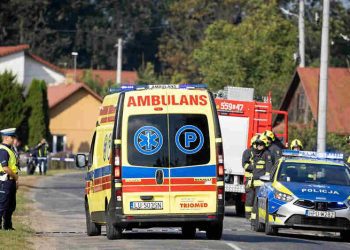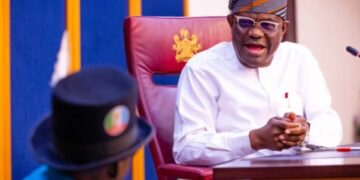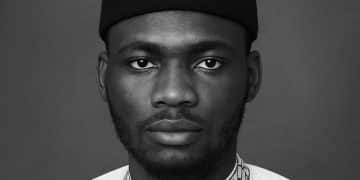Nepal’s president and army are working to find a consensus interim leader following days of violent anti-corruption protests that forced the government’s collapse and left parliament in flames.
The Himalayan country of 30 million was thrown into turmoil this week after security forces attempted to suppress rallies led by young protesters demanding an end to corruption. The unrest escalated into widespread violence on Tuesday, leaving at least 51 people dead in the bloodiest scenes since the end of the Maoist civil war and the abolition of the monarchy in 2008.
The army regained control of the streets on Wednesday, enforcing a strict curfew, while army chief General Ashok Raj Sigdel and President Ramchandra Paudel began talks with political leaders and representatives of the “Gen Z” youth movement.
Sushila Karki, 73, Nepal’s first female chief justice, has emerged as a leading candidate to head a transitional administration. “Experts need to come together to figure out the way forward, and the parliament still stands,” she told AFP.
Youth activist Sudan Gurung, representing the protesters, insisted their “first demand is the dissolution of parliament.” A key meeting was scheduled for Friday between the president, army chief, Karki, Gurung, and a legal expert.
President Paudel addressed the nation, promising that “a solution to the problem is being sought as soon as possible.”
Tension in Kathmandu
For a third consecutive day, soldiers patrolled the quiet streets of Kathmandu after protesters set parliament, government buildings, and even a Hilton Hotel on fire. Former prime minister KP Sharma Oli, 73, resigned on Tuesday as violence intensified.
During the chaos, more than 12,500 prisoners escaped from jails nationwide, while the army reported recovering over 100 looted guns. Police confirmed that many protesters had wielded automatic rifles during the riots.
Residents of Kathmandu cautiously returned to markets during short curfew breaks, stocking up on food and fuel. “I was very afraid and stayed locked inside my home with my family,” said Naveen Kumar Das, a painter.
A Youth-Led Uprising
At least 21 protesters were among those killed, most during Monday’s police crackdown on demonstrations that began after a ban on social media. Frustration has been building among Nepal’s youth, with high unemployment and economic stagnation fueling the protests.
According to the World Bank, one-fifth of Nepalis aged 15 to 24 are unemployed, while GDP per capita remains just $1,447.
Despite divisions within the Gen Z movement, many remain hopeful for lasting political change. “We started this movement so we could make a better Nepal. And I am positive that the army will listen,” said 24-year-old James Karki.
